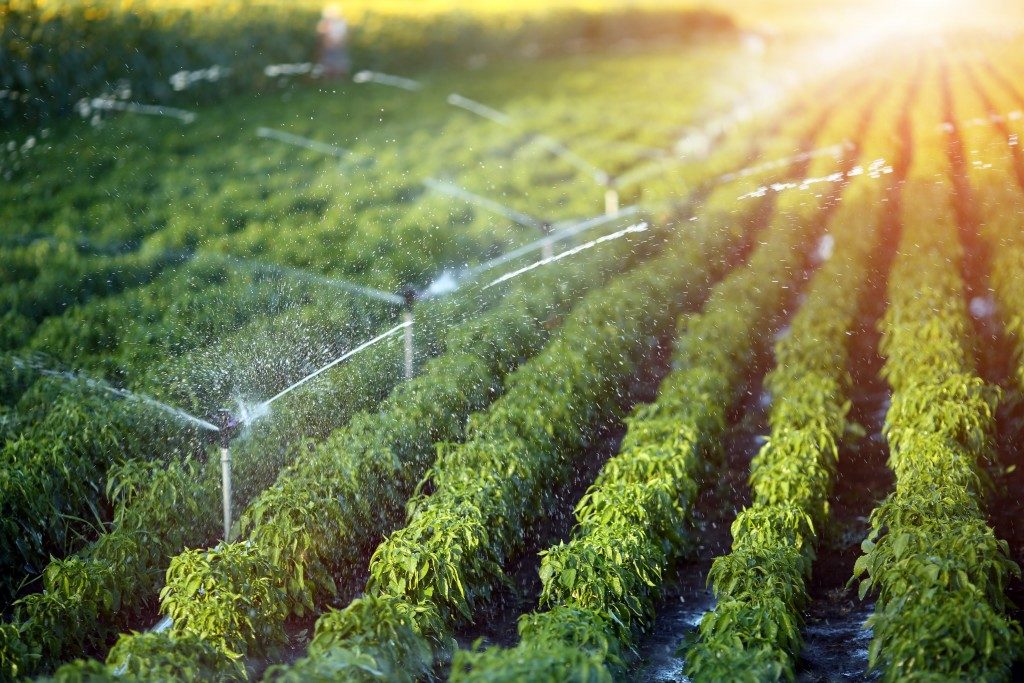As a farmer, one of your major worries is that your crops are receiving the right amount of water. This is especially true in regions with dry, hot climates. Daily watering is necessary for many crops, but you can’t personally bring water to your acres of crops. This is why you must build a proper irrigation system to save time and effort while keeping your fields green as ever.
Here are some tips to help you out:
Assess the Need
One of the first things you need to ask yourself is how necessary is an irrigation system. This is when you do some research about the local weather. If your climate has frequent rainfall, then an irrigation system would be overkill. You can cover the lack of water through hand watering. For drier climates, then you’ll want to invest in a major irrigation system that will keep your crops watered.
Consider Your Crops and Fields
Now you will need to do some planning. Consider how large a field you plan to irrigate and the soil quality. You want the water to penetrate at least one inch of soil so that the crops can benefit from them. It also depends on the crops. Some of them will need more water than others. Additionally, as they grow, their demands for water increase. Always aim to build an irrigation system that will provide the maximum amount of water your crops need.
Have the Right Hardware
When you know what you want from your irrigation system, then it is time to build it from the ground up. There are several pieces of hardware for your system. One essential part is the pump. A heavy-duty centrifugal pump is very popular for industrial purposes because of its high flow rate. You’ll need all that water to irrigate your fields. After those two, you can then move on to the piping. The usual irrigation pipe is PVC plastic and many farmers bury them underground so that the UV rays of the sun won’t destroy them.
With the main parts ready, you should then move on to how you will deploy the water. You need a pressure regulator to ensure that there’s enough water pressure in the system so that the sprinklers reach every part of the field. There are also filters to protect the plumbing.
Finally, there are the sprinklers you install on the pipes. Depending on you, they will release water in a particular pattern. For example, you might decide on drip irrigation which slowly waters the plants all day long when the weather is regularly dry.
The Water Source

You also need to consider where your water is coming from. For large farms, a large reservoir is probably the best choice. Ponds and streams on your land can provide you with an unlimited source of water. You can also look for a groundwater source. Ask local experts to determine how much water you can get from them.
Not enough water and your crops will die or grow stunted. This would mean a poor harvest and lost money. That is why it is a smart idea to invest in proper irrigation. When properly set up, it can last for years and give you good harvests. You can easily earn your money back and more with a good irrigation system.

